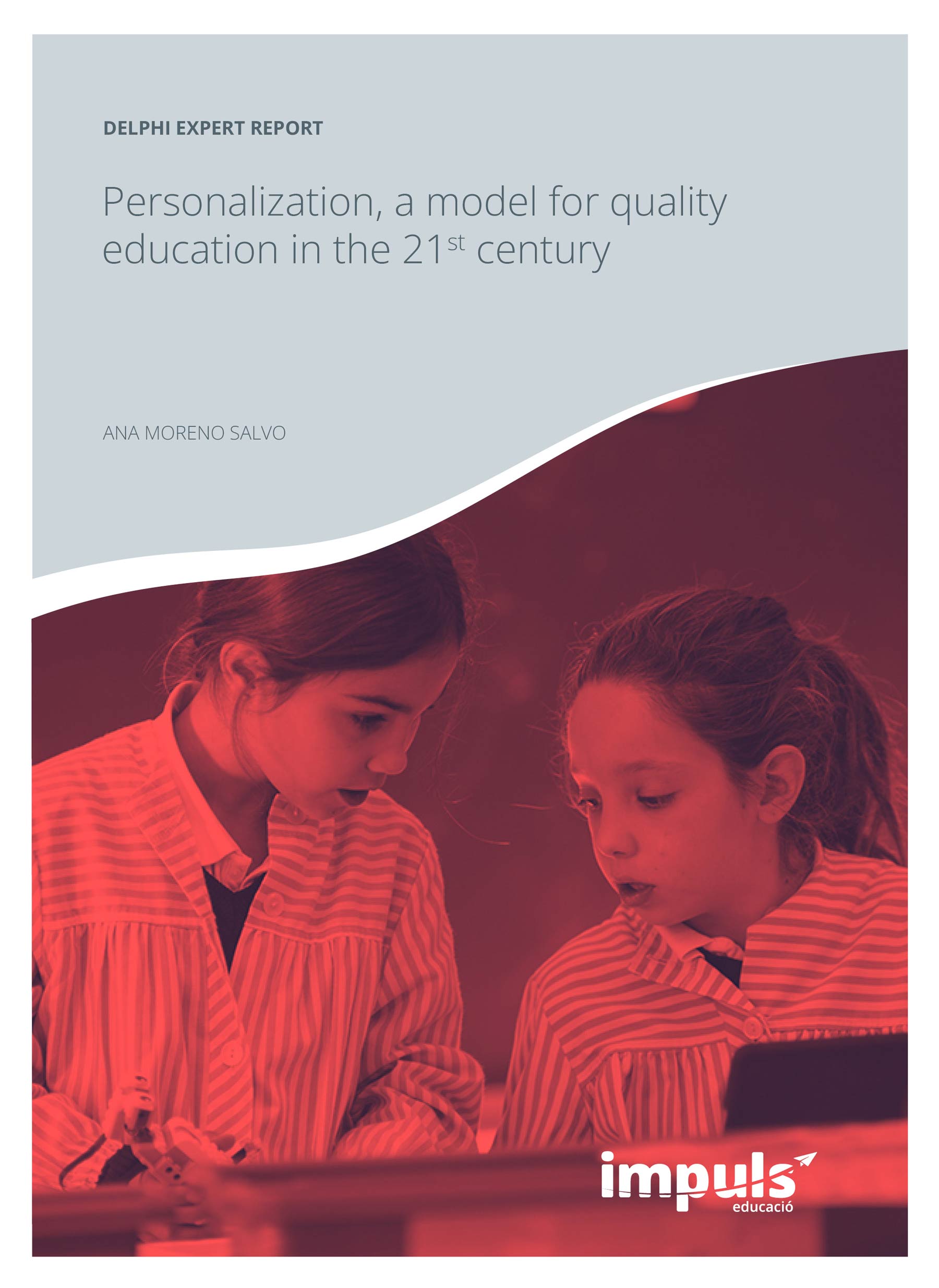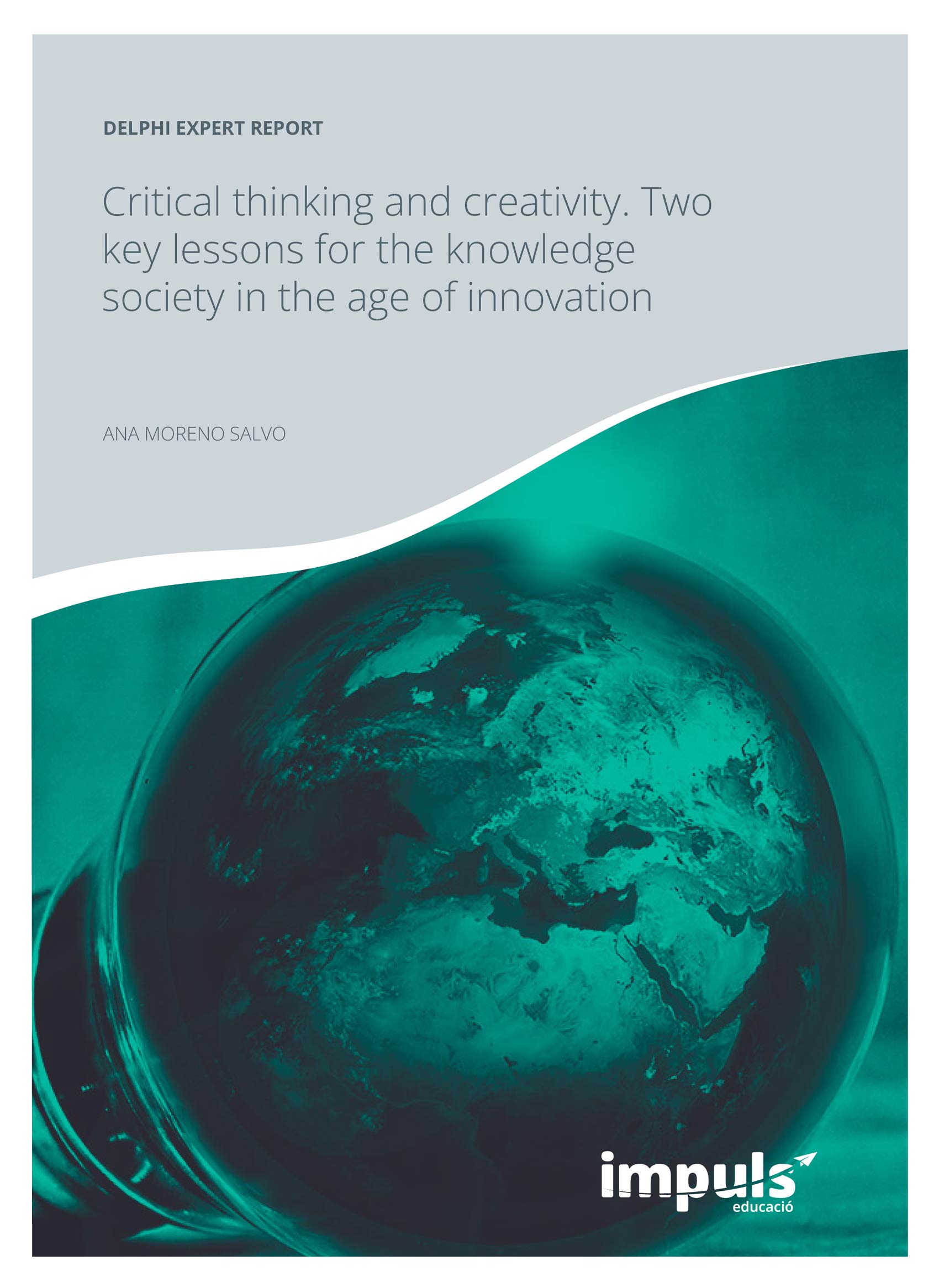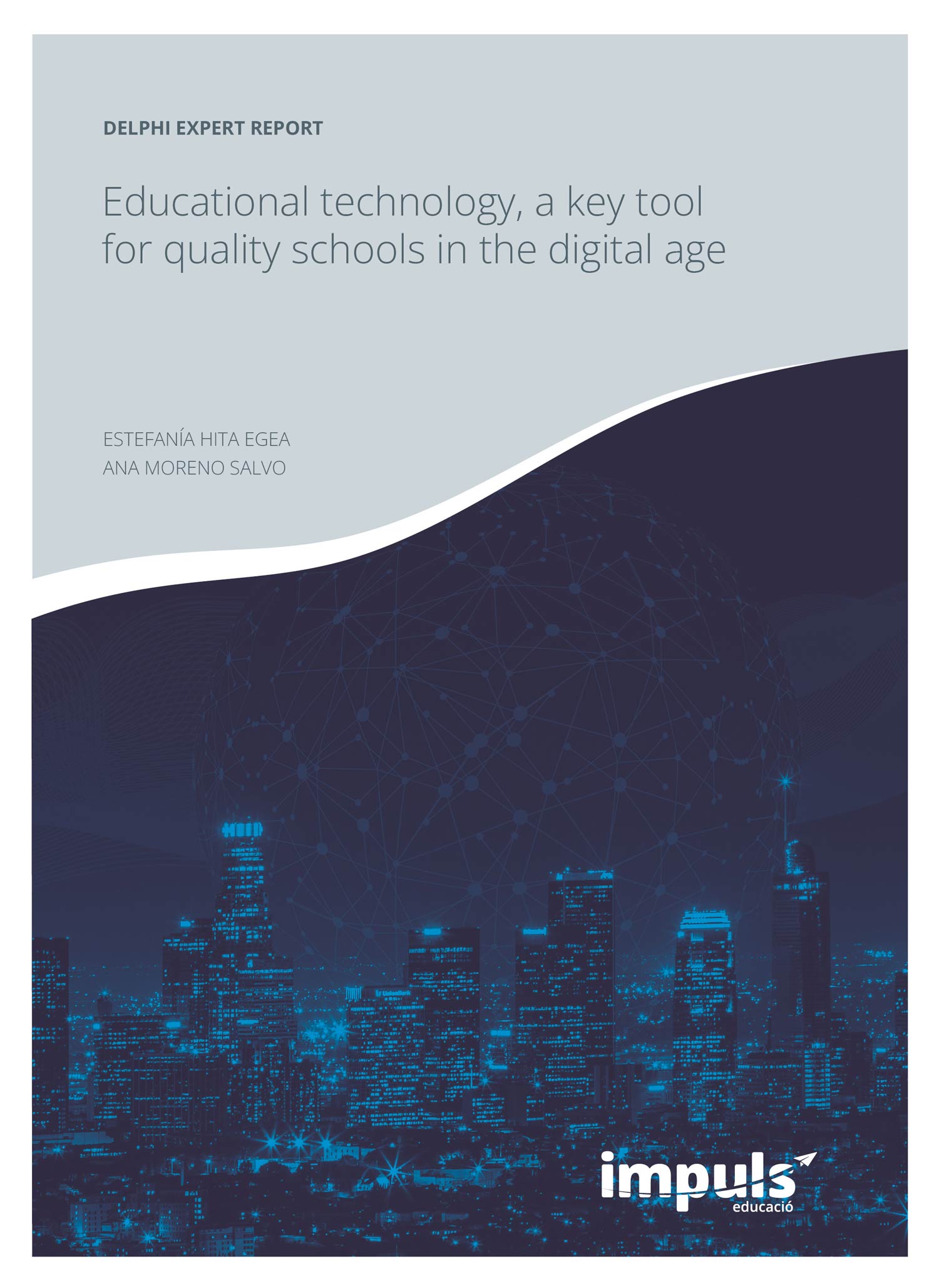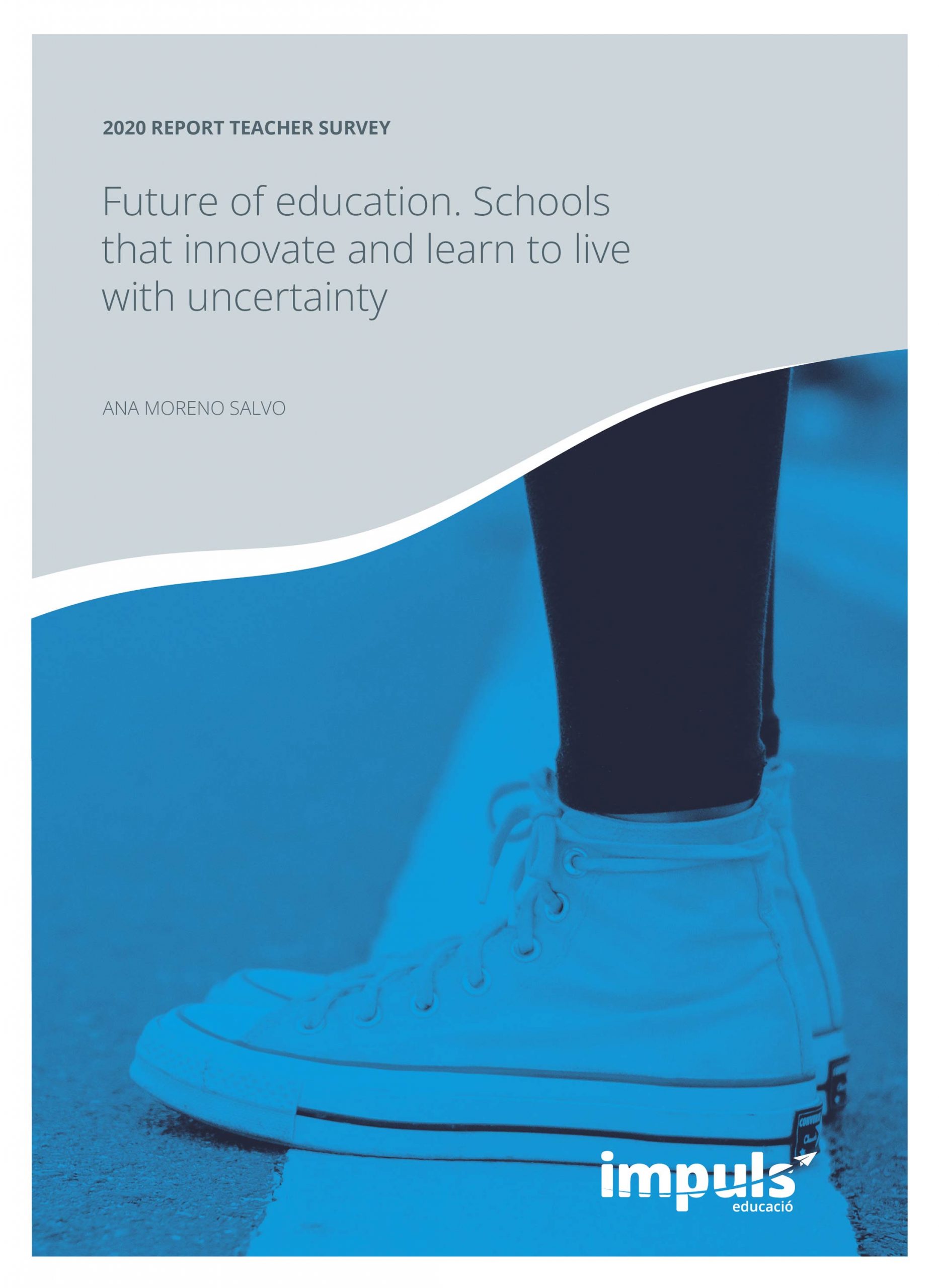8 July 2020
Action plan to give the best response
By Ana Moreno
As we witness one change of opinion after another about what the new educational normality should be, the days pass and schools try to guess the conditions in which they will have to open the next school year. Uncertainty surpasses unsuspected limits and tiredness begins to undermine the energies of those who have overcome the most complicated school year in living memory.
Finally, the educational administration has decided to give priority to attendance as a guarantee of educational quality for all, and to provide all the necessary means to manage the pandemic and protect the health of the schools. In this way, we want to avoid the harmful impact of school closures on the health and learning of children and young people, especially those who, due to their unfavourable condition, are more vulnerable.
This decision is surrounded by controversy and discontent. Probably because it comes late and contradicts previous guidelines that the more far-sighted were already carefully preparing. The truth is that since the end of April it has been known that the impact of school closures on the pandemic was 15%, much less than the distance in jobs 73%, or isolation 45% and home quarantine 40%. While its cost on the continuity of student learning can be very significant (more in The coronavirus precipitates the new educational normality in the depths of the digital age). To give you an idea, one lost school year is equivalent to a loss of between 7% and 10% of lifetime earnings. And although money is not the most important thing, it is the fact that this fact further erodes the lives of children from the most disadvantaged families, who already have it more than difficult.
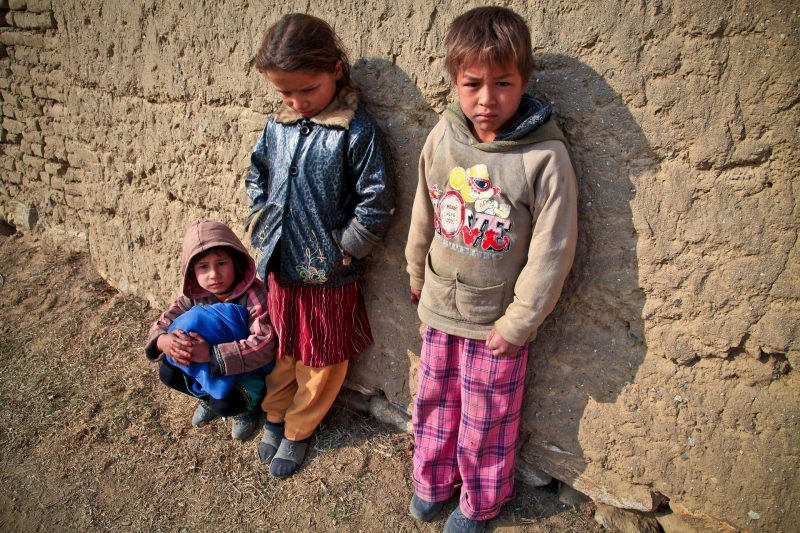
One lost school year is equivalent to a loss of 7-10 per cent of lifetime earnings. And while money is not the most important thing, it is the fact that this fact further erodes the lives of children from the most disadvantaged families.
This report has been prepared using data collected in the survey Ready to give the best response, answered by more than half a thousand teachers from around four hundred public and charter schools in Catalonia and the Balearic Islands. The 75 questions of the questionnaire have allowed to collect the school experience during the confinement and the ideas of the interviewed teachers about the elaboration of a good contingency plan in case a similar situation occurs again.
As in great battles, the teachers are tired, in many cases exhausted, but at the same time proud of their feat. They have overcome a situation that is totally unimaginable, it has been hard, difficult at many times, but the satisfaction of having brought out the best in them can be read between the lines, while at the same time they show great clarity in their ideas for facing a hypothetical limit situation again in the future. Their vision could be summarized in a few words: firstly, to take care of the most vulnerable, secondly, to make a team, and finally training and means. One teacher comments it has been a trial and error period, but we have learned a lot. Now it’s time to write it down and be prepared.
It is known from numerous studies that online learning is not a panacea. Looking at the results of this period of forced virtual education, there is little doubt. While it is true that teachers have suffered from their lack of resources and digital competence, students have had to face the loneliness of their rooms, unfriendly screens, and lack of motivation and autonomy, along with concern about an incomprehensible and distressing situation. According to their teachers, students have suffered from lack of organization, challenges and clear expectations, overwork and lack of motivation. In addition, they have greatly missed their classmates and also their teachers. The students with a complicated situation in their families have been totally lost, and, although they have been provided with means, it has been very difficult if not impossible for them to follow the learning tasks, in many cases. For the teachers, the worst thing has been the family reconciliation, their lack of preparation and resources, together with the needs of students and families that forced them to maintain endless working days almost 24 hours a day. Their request, if repeated, focuses above all on the need for accompaniment and support, teamwork, planning and good management of information and teaching activity and accompaniment in order to be able to rest and disconnect.
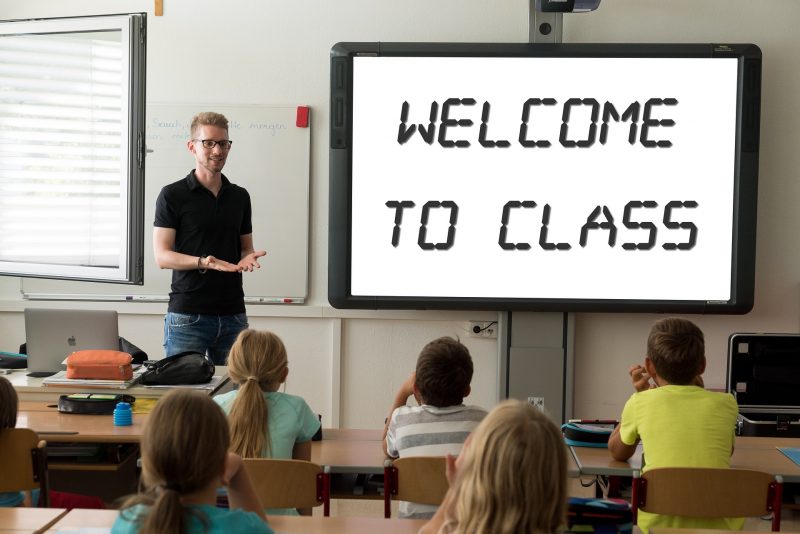
A good contingency plan must therefore consider organizational and pedagogical aspects in order to attend to the most needy, but experience tells us that to do so it will be essential to coordinate and distribute the workload very well among teachers in order to avoid excessive overload and optimize resources. Tutoring should have a priority role but it must be organized in an efficient and sustainable way in order to be able to attend well to all students and families, taking care of tutors as well.
Looking at the results of the survey it is easy to take stock of what has worked, what needs to be improved, and what needs to be changed or added to ensure good management of the crisis in the future. Although the recommendations offered cover all the dimensions of school management and teaching, we would like to highlight two that seem to us to make a difference: 1) special attention to the welfare of teachers, encouraging teamwork and considering that “the more participation, the more commitment”; and 2) making decisions with a triple vision, the short, medium and long term, so that, for example, the pedagogical model with which one begins in September has a natural continuity with the model that would be applied in the event of a second health crisis.
Striking a balance
In the document “Pla d’actuació per al curs 2020-2021 en el marc de la pandèmia” (Action plan for the 2020-2021 academic year in the context of the pandemic) of the Department of Education of the Government of Catalonia, the importance of seeking a balance between the protection of health, the correct management of the pandemic and the right of all children to the best education is stressed. This idea is not new, in its report Learning during the pandemic. From Disruption to Innovation, Reimers of Harvard University and Schleicher of the OECD, already talk about balancing education and health priorities, coherence and flexibility, needs and capabilities. Clearly, balance is part of the solution. Faced with a situation as complex as the present one, it would not be good to take partial positions that did not take into account the other side of the coin. But where is the balance between health and education? Is it possible to protect one of the areas without undermining the other? What should be the priority aspects of each, in the current circumstances? The experience and results of these months of confinement give clues as to what it would be reasonable to prioritize:
- The right of all children and adolescents to a quality education in conditions of equity.
- The duty of schools to guarantee the social function of education.
- The security conditions of educational environments, with the minimum risk that can be assumed, and the provision of control of the epidemic in terms of the rapid identification of cases and contacts. dret de tots els nens i adolescents a una educació de qualitat en condicions d’equitat.
In this case, the first big question is, how do we make the school safe? According to the health authorities it is clear that it is best to maintain stable groups that allow easy traceability in the event of any contagion. The second question should be, how to achieve maximum educational normality with an organizational model based on stable groups? In the first stages this does not seem complicated. The children can have contact, in the school, only with their class and with their tutor and/or a main reference teacher, including entrances, exits, playgrounds and dining rooms. In the secondary stages this can be more complicated. However, there is the advantage of greater student autonomy and the experience gained with the online model, which could play a determining role in this case. The greatest difficulty would be to provide students with the appropriate technology and training, and teachers with the necessary resources and training. Without the previous experience this would seem a little surreal, but after almost four months of confinement, the online monitoring of a few hours of teaching does not seem an impossible feat or an exaggerated cost. Of course, it will be necessary to manage admissions, departures, breaks and meals, physical education, handicrafts, etc., and the schedules will require bobbin lace, but, with a good dose of flexibility and creativity, it would be feasible.

The final and therefore definitive question is, how far is the school willing to risk in interactions between external personnel and stable groups? A wise decision might be to minimize them as much as possible. This is possible if we focus on the positive. The students are in the school, they socialize and can work in teams, they have a teacher who guides their work and encourages their autonomy, etc. Families can work in peace with the guarantee that their children are in the best hands and learning. Much has been gained from the above situation. However, trying to emulate a normal situation and abusing the interactions between professionals outside the stable group in a school environment would mean increasing the already high probability of contagion. One option to study would be the possibility of each group having two stable teachers, the tutor and a co-tutor. This solution, in case of new confinement, would ensure a good follow-up of each student in the group.
Learning for the future
The experience has highlighted at least two aspects that could become opportunities. On the one hand, we have the lack of autonomy of the students and their deficiencies with respect to their capacity for personal organization and self-management. On the other hand, the lack of digital competence of the teaching staff and the lack of infrastructure for online teaching. In the plan for the future course, both the development of management skills, teamwork, self-regulation of learning or cognitive skills, and digital competence should be included.
We do not know if it will be necessary to close the schools again, totally or partially, but what we do know is that some of the innovations that have had to be improvised during the Covid-19 health crisis are also demands for quality education in the already entered s. XXI. The following 10 points summarize the aspects that we consider should be worked on from the beginning of the next school year 2020-2021, as a preparation for an eventual closure of schools and a progressive advance towards the consolidation of an effective pedagogical innovation:
1. Prepare
A good preparation will require a strategic distribution of spaces and design of the essential protocols for the different situations, classes, patios, visits, entrances and exits, etc., and social groups. Each protocol must contemplate the security measures recommended by the health authorities, be accompanied by the necessary reminder signs, and prior training. It is vitally important that, from day one, all staff, teachers and services, assume their responsibility to be a model for students and do pedagogy on safety. The professionals will have received, prior to the opening of the school, specific training in risk prevention, use of spaces and safety protocols.
2. Learn
Writing experiences and paradigm shifts. Who better than the people who have lived the situation in the first line to identify what has worked, what could be improved and what should be changed or added. To involve all those involved and not leave anything out, the most effective way is to make a simple consultation on the three aspects indicated, indicating that they highlight an idea for each one. Each person usually responds according to their interests and priorities, so it is usually effective to also ask them to detail how they would change or add what they suggest. Making the answer public always helps to have a balanced view of the situation experienced, and has the effect of highlighting solutions to problems. From this point on, commissions can be set up to develop these solutions and make them operational.
3. Management and organizational style
The more participation, the more commitment. The surveys have made it clear that the great majority of teachers have given their all to give continuity to the educational task of the school. At such critical moments as those experienced, teamwork and being part of a dedicated community relieves and encourages them to continue to struggle. School management should promote shared leadership, autonomy and commitment to the mission of all its professionals in order to ensure that all row in the same direction and take advantage of the potential of each one. Thus, the most appropriate management style would be to have a clear goal of empowering teachers, together with an open mind, a good dose of adaptability and support for innovation as a key aspect for improvement.
4. Communication system
In an emergency situation, information plays a key role and it is essential to manage it well. Taking care of the seven c’s of an effective communication: Clear, Concise, Concrete, Correct, Coherent, Complete and Courteous. To this we should add: Timely, Necessary and Sufficient, so as not to overload. Good communication management discriminates, for each item of information, the appropriate recipients. The excess of information and time devalues its value exponentially and makes it tremendously ineffective. It is of great help to distribute the responsibility of information and to think of the best channel for each one, guaranteeing that each subject, be it family, teachers, service personnel, students, etc., receives what they need in the right order and at the right time.
5. Evaluate the needs and results of the students
Before giving continuity to the learning process, it will be necessary to have a detailed vision of the point at which each of the students is at. The last few months will have increased the learning gap and we will have students in very different situations. Equity is important and therefore the same opportunities to advance must be guaranteed to all, based on their current situation and conditions, seeking to motivate and develop each one to his or her maximum potential. Although during the pandemic, in some sectors it was proposed not to advance the agenda in order to avoid widening the gap. It is clear that there is a difference between not increasing the agenda and having a considerable number of students who are unmotivated and bored. The education system should not be afraid that students capable of continuing to learn will do so, with the excuse of not increasing the gap. This would be as unfair as the other. One thing does not take away the other, and personalized learning that offers the possibility of educational excellence to each student should be feasible. Of course without neglecting those who need it most and with the greatest possible inclusion. So-called personal learning environments based on a universal learning design are a great help in this respect. Another essential aspect will be to have clear curricular priorities and to make the pertinent adaptations.
6. Blended learning model
The face-to-face model benefits greatly from the potential of online training. Most teachers have discovered how technology can help students develop their skills. Good tools together with good pedagogy can help to improve autonomy, the capacity for planning and self-regulation, the development of cognitive skills, etc. But not only that, schools also face the threat of possible interruptions in attendance and need to be prepared. Maintaining a mixed system has at least three advantages: 1) it facilitates the new normality with attendance and the creation of safe environments; 2) it opens the doors to improvement in educational quality; and 3) it prepares the system for the uncertainties of the future.

Personalized learning should be feasible, offering the possibility of educational excellence to each student. Of course without neglecting those who need it most and with the greatest possible inclusion. So-called personal learning environments based on a universal learning design would be helpful in this regard.
7. Professional development of teachers
In any education system, the key to success is a well-trained and resourceful teaching staff to meet the educational needs of all students in the circumstances that arise. Taking advantage of the current need for teachers to advance in their training will be vital for all schools. Most teachers have already made a great effort and their vision of learning has broadened. Schools should take advantage of these conditions to foster educational innovation and to provide the entire teaching team with ongoing training and accompaniment.
8. Methodologies and assessment
Two key aspects of this training will be in active methodologies and formative evaluation strategies that will allow the evaluation of the learning process and turn each student into a lifelong expert learner. In this sense, technology can be a great ally. There are platforms for virtual learning that have improved a lot during the pandemic by offering very powerful tools at low cost. Student teamwork, process evaluation and thinking become three basic methodologies for effective learning both in the classroom and online.
9. Competency-based curriculum
All education systems have a more or less demanding path towards competent learning as opposed to one of accumulation of information by rote. It is time to seriously consider the move towards a curriculum that results in the development of all the skills necessary to learn and to continue learning throughout life in an autonomous manner. Only in this way can we guarantee the future of the new generation. To do so, it is important to work on motivation, contextualization and orientation in the service of all the problems that we pose to the students.
10. Innovation
Finally, it will be important to make a deep reflection on innovation and create the resources and channels necessary to make it real and sustainable over time, creating a true culture of thought and creativity in each educational center.
Connect with: Publishings,Report

